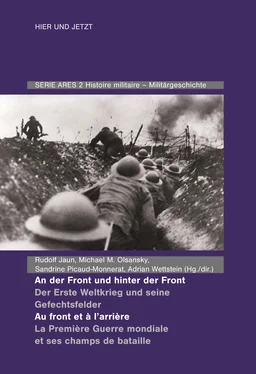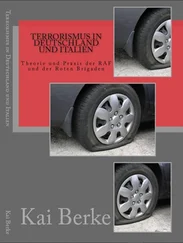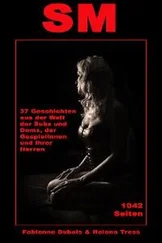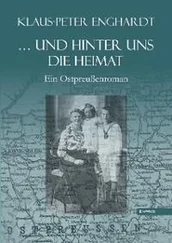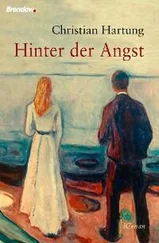In theory, conscription should have equalised the burden after 1916 but as elsewhere conscription was selective. There were always going to be men exempted by virtue of physical fitness, occupation, or even nationality. Medical boards exempted over a million men in the last twelve months of the war despite pressure on doctors to lower rejection rates. Of the 2,4 million men medically examined in 1917 and 1918, only 36 per cent were physically fit for service overseas. Rejection rates reflected pre-war deprivation but, in part, there was also an application of suspect criteria as to what constituted fitness: physical ability was too readily equated with stature. There was also social prejudice with Jews and, especially, Russian Jews automatically rejected as inferior. The military service tribunals that pronounced on claims for exemption have been perceived to be unduly influenced by military demands, and hostile to claims for exemption on conscientious grounds. It is clear, however, that they were ever mindful of local economic vitality, not least in rural areas, consciously mitigating national policy directives, and indulging in their own interpretation of economic interventionism.
Whatever the reasons for enlistment, the effect of what occurred in August and September 1914 was that certain groups were more willing to enlist than others. Seen from the perspective of sectoral distribution of occupation, some in Britain bore a proportionally high share of the military effort. By February 1916, Board of Trade sampling surveys, though not entirely reliable, suggested that whereas over 40 per cent of those engaged in the professions, entertainment, finance and commerce had enlisted, less than 30 per cent of those in industry as a whole, agriculture, or transport had done so. Thus, overall, «men engaged in commercial or distributive trades were in uniform and at risk for longer periods and in relatively larger numbers than were industrial workers, transport workers or agricultural workers». 10The cumulative effect of the way in which conscription was applied meant that there was no material change in the social composition of the British army after 1916. Later sampling surveys therefore show each of the occupational sectors remained in approximately the same relationship to one another with regard to the proportion of manpower enlisted in 1918 as in 1916. Variations within particular sectors such as manufacturing also remained unchanged.
Turning now to the adaptation of the army to citizen soldiers, naturally, there was an attempt to divest soldiers of civilian values and «recreate them in the army’s image» by inculcating appropriate military values. But citizen soldiers «were not social blanks waiting for the army to write its will upon them». 11While it was quite feasible for long-service regulars to be conditioned, it was far harder to separate the temporary soldier from civilian values. Initially, civilian perceptions and a lack of familiarity with military disciplinary codes saw unrest in the New Armies, though more trouble was ameliorated by volunteers’ patriotic enthusiasm, and the kindness of the public towards them. For many men, however, there was a degree of shock on arrival at camps in the autumn of 1914, and with the lack of equipment and organisation found there. Long hours spent in drill, physical training and route marching were immensely taxing. Problems were exacerbated by wet weather in October and November that badly affected the more exposed camps before hutted accommodation was ready. Equally, existing barracks and depots quickly became overcrowded. Grievances were readily communicated to families, the local press and to MPs. There was delay in issuing uniforms, men still appearing for some weeks in civilian clothes, or the so-called «Kitchener Blue» serge that began to be supplied in late September, and which led to men being ridiculed as looking like postmen, tram guards or convicts. Broomsticks and poles substituting for rifles were commonplace.
While the war clearly exposed men to experiences very different from those at home, it could never sever the link of a citizen army with civilian life, nor could it eradicate the social or regional diversity that had existed in civilian society. At the same time, the nature of civilian life was not unhelpful. Wartime bonding was often a continuation of the kind of social links familiar from workplace, schools, youth organisations, societies, and clubs. A sense of community and social cohesiveness was well engrained through the shared experience of adversity, and a spirit of mutual support epitomised by such organisations as the friendly societies. There was also a predisposition in British working-class popular culture that made light of hardship. It might be characterised as a phlegmatic acceptance of fate or sheer bloody-mindedness, but was commonly observed with a sardonic, vulgar humour. This ideally complemented the significance of the small «primary group» in maintaining morale, groups in any case sharing hardship, a common culture and a particular language of service slang. In the same way, the increasing division of the army into specialisms reproduced the small-scale nature of much of British industry, where even larger enterprises routinely divided men into work gangs. Men were used to making life bearable, and were well suited to the challenges of war, relying on civilian values and not those of the army to see them through.
Whatever the increased pressures of the modern battlefield, morale and fighting spirit could still be built upon traditional military remedies: the appeal to patriotism, religion, or honour; good leadership; discipline; rewards such as medals; good medical, and adequate leave, arrangements; efficient administration; realistic training; rest; and palliatives like the rum ration, or cigarettes in appropriate measure. There was also the appeal to the regiment and its identity, as characterised by the rallying call of Lieutenant Colonel Elstob on 21 March 1918, «The Manchester Regiment will hold Manchester Hill to the last.» Similarly, there was the notice in Mansel Copse cemetery on the Somme, «The Devons held this trench, the Devons hold it still.» Divisional loyalties were also increasingly cultivated.
The majority of soldiers’ accounts hardly mention religion but it was one of a number of «coping strategies» by which men adapted to the dangers of active service including the calculation of risk, humour, superstition, and «a highly positively biased interpretation of the trench environment» by which men tended routinely to overestimate their chances of surviving death or mutilation. A kind of fatalism kept men inured to violent death. Perseverance – «sticking it» – was a military version of a shared ideal of courage in British culture that transcended class, gender or national divisions. 12
Not unexpectedly, the maintenance of morale was of crucial significance to General Headquarters (GHQ), which used the relatively crude indices of the incidence of trench feet, «shell shock» and crime. Trench journalism was also monitored. Compared to German trench newspapers, those of the BEF had less emphasis upon justification of the war since the British felt «little need to prove to themselves that they were fighting a defensive and just war». 13Compared to French and German trench newspapers, mostly serious in tone, those of the BEF displayed an unrelenting humour and, often, mock defeatism. The emphasis was primarily on the unit as a community steeped in a common culture across the social divides as reflected in shared jokes, sporting interests and entertainments, itself persuasive of a way of life worth fighting for.
More useful information on morale was derived from surveying the results of censorship of the extraordinary quantities of service mail. This amounted, by 1916, to 12,5 million letters and 875 000 parcels a week. In all, the army shipped 320 409 tons of mail to the BEF between 1914 and 1918. The balance in men’s letters between self-censorship and self-expression is problematic. There were certain matters such as sexuality and bodily functions that were rarely mentioned. Often, the content was platitudinous, aimed at consolation towards, or reassurance of, the civilian recipient. Unfortunately, few British censors’ reports have survived. Those that do suggest that «bread and butter» issues were dominant. Indeed, food generally has been identified as a central obsession. The initially relatively generous ration scale could not be sustained. There was a downward trend from September 1914 onwards with particular reductions in protein and fats. Not unexpectedly, the army operated within the boundaries of contemporary nutritional science, and there was only partial awareness of a healthy diet. Accordingly, boils, sore gums and bad teeth were frequent occurrences. 14
Читать дальше
